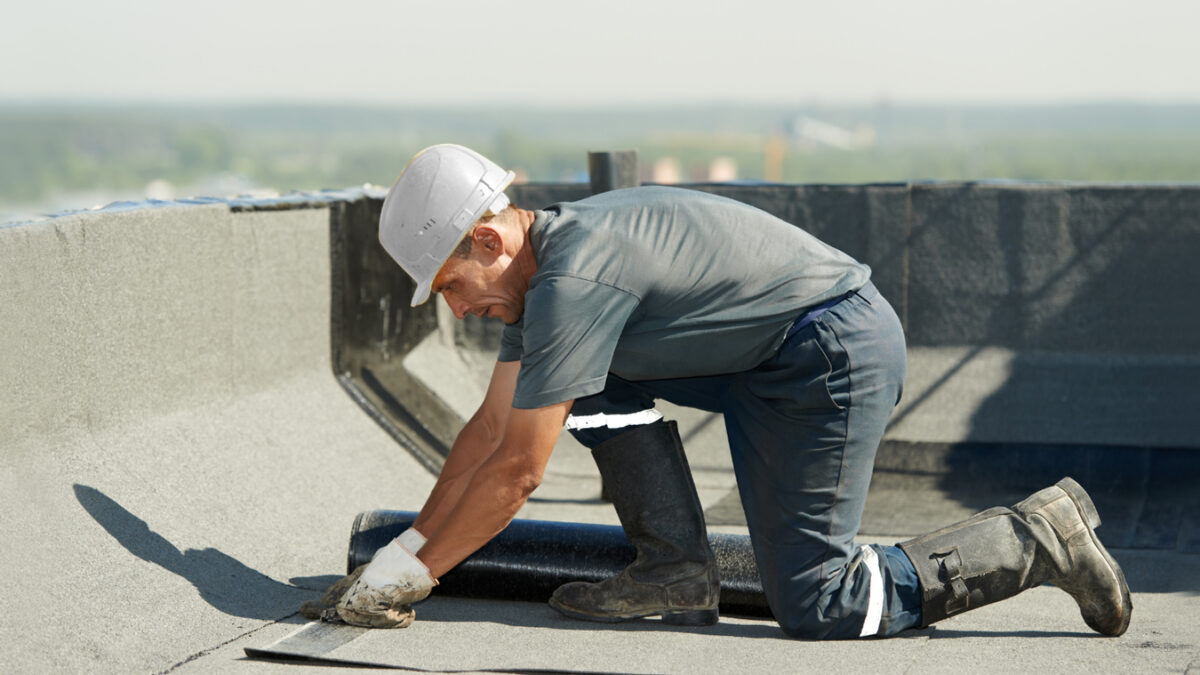What Does Preventive Roof Maintenance Include?

Preventive roof maintenance is essential for preserving the longevity of a commercial or residential roof. In addition to shielding the building from the weather, a well-maintained roof also spares owners from expensive repairs and even structural damage. Understanding what preventive roof maintenance includes is crucial for ensuring that your roof stays in top condition year-round.
In this article, we’ll cover the essential elements of preventive roof maintenance, its benefits, and why it’s a smart investment for homeowners and businesses alike.
What Is Preventive Roof Maintenance?
Preventive roof maintenance involves routine inspections and minor repairs aimed at preventing major issues before they occur. This proactive approach helps detect potential problems such as leaks, damaged shingles, or worn-out seals, allowing for timely fixes. Instead of waiting for a costly emergency repair, preventive maintenance ensures that your roof remains in optimal condition, extending its lifespan and preventing significant damage.
Key Components of Preventive Roof Maintenance
Regular Roof Inspections
One of the core aspects of preventive roof maintenance is conducting regular inspections. These inspections should be carried out at least twice a year, ideally in spring and fall. A roofing expert will do the following during an inspection:
- Look for signs of wear and tear
- Identify any areas of damage
- Check for leaks, cracks, or missing shingles
- Inspect flashings, seals, and vents
These regular inspections allow homeowners or business owners to address minor issues before they escalate into bigger, more expensive problems.
Cleaning Gutters and Downspouts
Clogged gutters and downspouts can lead to water pooling on the roof, which can eventually cause leaks or water damage. Part of preventive roof maintenance includes clearing out leaves, debris, and dirt from gutters to ensure proper water drainage. Keeping gutters clean prevents water from backing up under the roof and reduces the risk of damage to both the roof and the foundation of the building.
Removing Debris from the Roof
Debris such as leaves, branches, and dirt can accumulate on the roof, especially after storms or heavy winds. This buildup can trap moisture, leading to mold growth, rot, or even structural damage over time. Whether you have traditional roofing or TPO roofing in us, regularly removing debris helps prevent these issues, ensuring that the roof stays clean and dry.
Checking and Sealing Roof Penetrations
Roof penetrations like chimneys, skylights, and vents are common areas where leaks can develop. During preventive maintenance, these areas should be inspected for gaps or cracks, and any necessary resealing should be done. Properly sealing these penetrations prevents water from seeping into the roof and causing internal damage.
Inspecting and Replacing Damaged Shingles or Tiles
Shingles or tiles that are cracked, curled, or missing can allow water to penetrate the roof, leading to leaks and further damage. Part of preventive roof maintenance includes inspecting the roof’s surface for any damaged or loose shingles and replacing them as needed. This helps maintain the integrity of the roof and prevents water from entering the building.
Assessing the Condition of Roof Flashing
Water intrusion must be avoided at all costs by installing roof flashing, the thin material that is placed around roof edges, valleys, and penetrations. Over time, flashing can become worn or damaged, leading to potential leaks. Inspecting and repairing or replacing faulty flashing is an essential part of preventive maintenance to ensure the roof remains watertight.
Checking for Mold, Algae, or Moss
Moisture build-up can lead to the growth of mold, algae, or moss on the roof, which can weaken the structure and cause deterioration. Regular cleaning and treatment of affected areas can prevent these growths from spreading and damaging the roof over time.
Inspecting Roof Insulation and Ventilation
Proper insulation and ventilation are critical for maintaining the health of the roof. Poor ventilation can cause heat and moisture to build up in the attic, leading to issues like mold growth, wood rot, and increased energy costs. Part of preventive maintenance should involve checking insulation and ensuring that ventilation systems are functioning correctly.
Minor Repairs and Caulking
Small repairs, such as caulking cracks, fixing minor leaks, or replacing damaged roof elements, are often part of a comprehensive preventive maintenance plan. These small repairs, when addressed promptly, can prevent larger and more expensive repairs down the road.
Benefits of Preventive Roof Maintenance
Extended Roof Lifespan Regular maintenance helps keep the roof in optimal condition, ultimately extending its lifespan.A roof that is well-maintained can outlive one that is neglected by several years.
Cost Savings Preventive roof maintenance allows you to catch small issues before they become significant, costly problems. Timely repairs are much more affordable than emergency fixes or complete roof replacements.
Improved Energy Efficiency A well-maintained roof improves a building’s energy efficiency. Ensuring proper ventilation and insulation during maintenance can reduce energy costs by helping to maintain consistent indoor temperatures.
Enhanced Safety Addressing roof issues promptly ensures that your roof remains structurally sound, protecting the building’s occupants from potential hazards, such as leaks or collapses.
Increased Property Value Regularly maintaining your roof boosts the overall value of your property. A well-cared-for roof is an attractive feature for potential buyers or tenants and can enhance the resale value of your home or commercial building.
Conclusion:
Preventive roof maintenance is an investment that pays off in the long run by extending the life of your roof, saving you money on costly repairs, and improving the safety and energy efficiency of your building. Whether it’s residential or industrial roofing, by scheduling regular inspections, cleaning debris, and addressing small issues before they escalate, you can ensure that your roof continues to protect your property for years to come.








